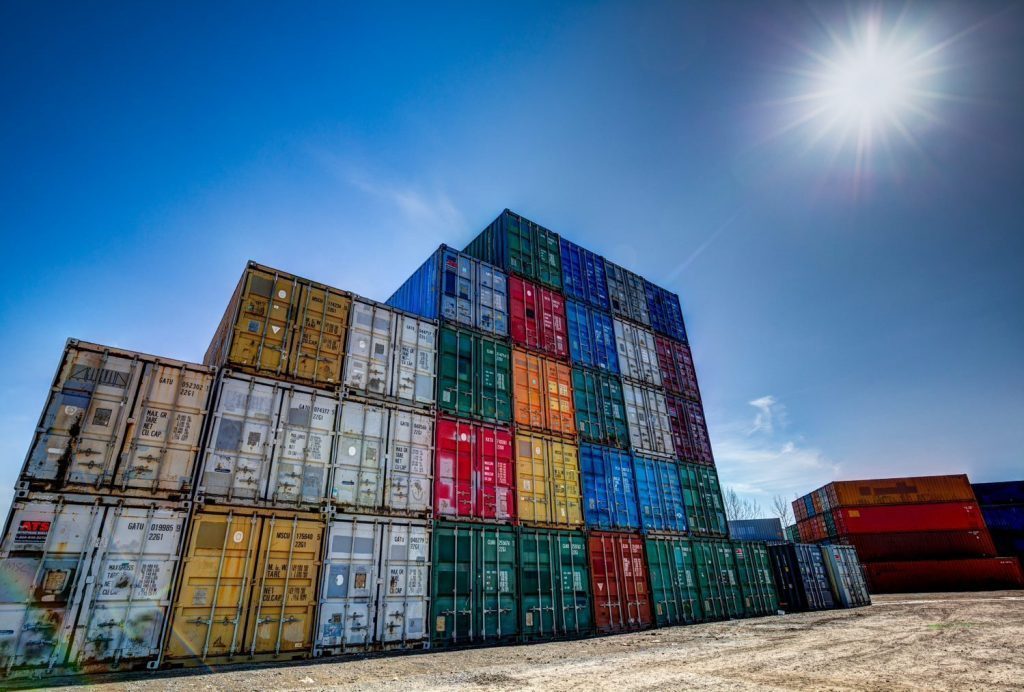Shipping Container has revolutionized the world of transportation, enabling the seamless movement of goods across vast distances. But what about boats? Could the same concept that snugly houses electronic gadgets, clothing, and auto parts be extended to accommodate boats?
The idea might sound as whimsical as a sailor’s tale, but it’s worth exploring. In this article, we set sail into boat-container compatibility. Examining the possibilities, challenges, and considerations that arise when attempting to fit boats within the confines of a standard shipping container.
Types of Boats Suitable for Container Transport
Containerization isn’t just for boxes and barrels; it has a nautical niche, too. While only some boats can transform snug from open waters to steel containers, certain boat types can easily sail through the process. These include:
Small boats:
Dinghies, kayaks, canoes, and other miniature vessels are prime candidates. Their compact size is perfectly suited to the dimensions of standard containers.
Disassemblable boats:
Imagine disassembling a sailboat like a maritime puzzle, placing each piece carefully within a container’s embrace. Inflatable boats also fall into this category, as they can be deflated and folded, ready to sail upon arrival.
Challenges and Considerations
As any sailor knows, smooth seas do not make a skillful mariner. When contemplating the containerization of boats, a few maritime mountains must be navigated:
Size limitations:
Just as cramming an albatross into a sparrow’s nest is an exercise in futility. So this is attempting to squeeze an oversized boat into a standard container. Matching boat dimensions with container sizes is paramount.
Disassembly and reassembly:
A sailboat may possess a romantic allure, but dismantling its rigging and mast can be about as romantic as assembling flat-pack furniture. Modifications may be required to ensure both proper fit and easy reassembly upon arrival.
Secure packaging:
While a boat is designed to weather the storm, the same cannot be said for the rough-and-tumble of container transit. Ensuring the boat’s protection with proper padding, bracing, and strapping is essential to prevent damage.
Containerized Boat Transport Process
Now that we’ve dipped our toes in the water of boat-container compatibility. Let’s dive into the logistics of making it happen:
Preparing the boat:
Before the boat sets sail within the container, a checklist must be ticked off. Cleaning, draining fluids, and removing accessories are essential to prevent leaks or breakages during transit.
Packaging and securing:
Padding becomes the boat’s life jacket, bracing its anchor, and strapping its safety harness. These measures ensure a snug and secure voyage within the container’s steel hull.
Loading and unloading:
Just as a sailor needs the right gear for the open sea, so too does the process of loading and unloading a containerized boat. Proper equipment and preventive measures are critical to a successful embarkation and disembarkation.
Pros and Cons of Containerized Transport
Every voyage has its fair share of treasures and trials. Containerized boat transport is no different:
Advantages:
- Security: A container cocoon protects from the elements and potential theft, ensuring the boat arrives in shipshape condition.
- Reduced exposure: The open sea can be harsh, but so can the long road. Containerization minimizes the boat’s exposure to environmental stressors during transport.
- Potential cost savings: While the expense of containerization can’t be ignored. It can sometimes prove cost-effective, especially for smaller boats.
Drawbacks:
- Limited to certain boat types: Alas, not all boats are created equal in the eyes of the container. Larger vessels or those with intricate designs might find the container’s embrace too confining.
- Logistics challenges: Coordinating the complex ballet of loading, transit, and unloading requires meticulous planning. A slip-up in logistics could lead to a rocky journey.
US Container Market Size 2022-2032
The US Container Market Size 2022-2032 is a dynamic and ever-evolving landscape that reflects the pulse of global trade and commerce. With rapid technological advancements, changing consumer preferences, and shifting geopolitical dynamics, this market is poised for significant growth over the next decade. From traditional metal containers to innovative eco-friendly solutions. Companies are constantly adapting and innovating to meet the demands of a fast-paced world.
Whether transporting goods across continents or revolutionizing last-mile delivery services, the US Container Market Size 2022-2032 will profoundly shape the future of logistics and supply chain management. As we look ahead to the coming years, one thing is sure – change is on the horizon, and those navigating these currents will thrive in this competitive environment.
Parting Words:
In maritime innovation, the question isn’t so much “can a boat fit into a shipping container?” but rather “should it?” While containerization offers a snug and secure method for transporting certain boat types, it’s not a universal solution.
The journey towards successful containerized boat transport demands careful consideration of boat size, disassembly, security, and logistics.
So, as you gaze upon the open waters and contemplate the possibility of your boat embarking on a containerized odyssey. Remember that every voyage, whether on water or land, requires a well-charted course.



